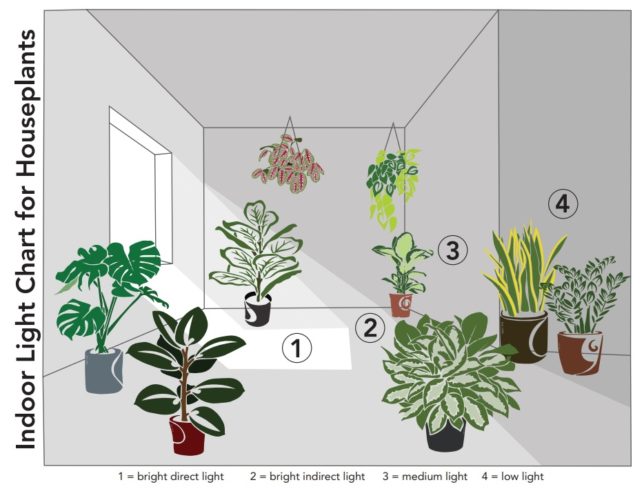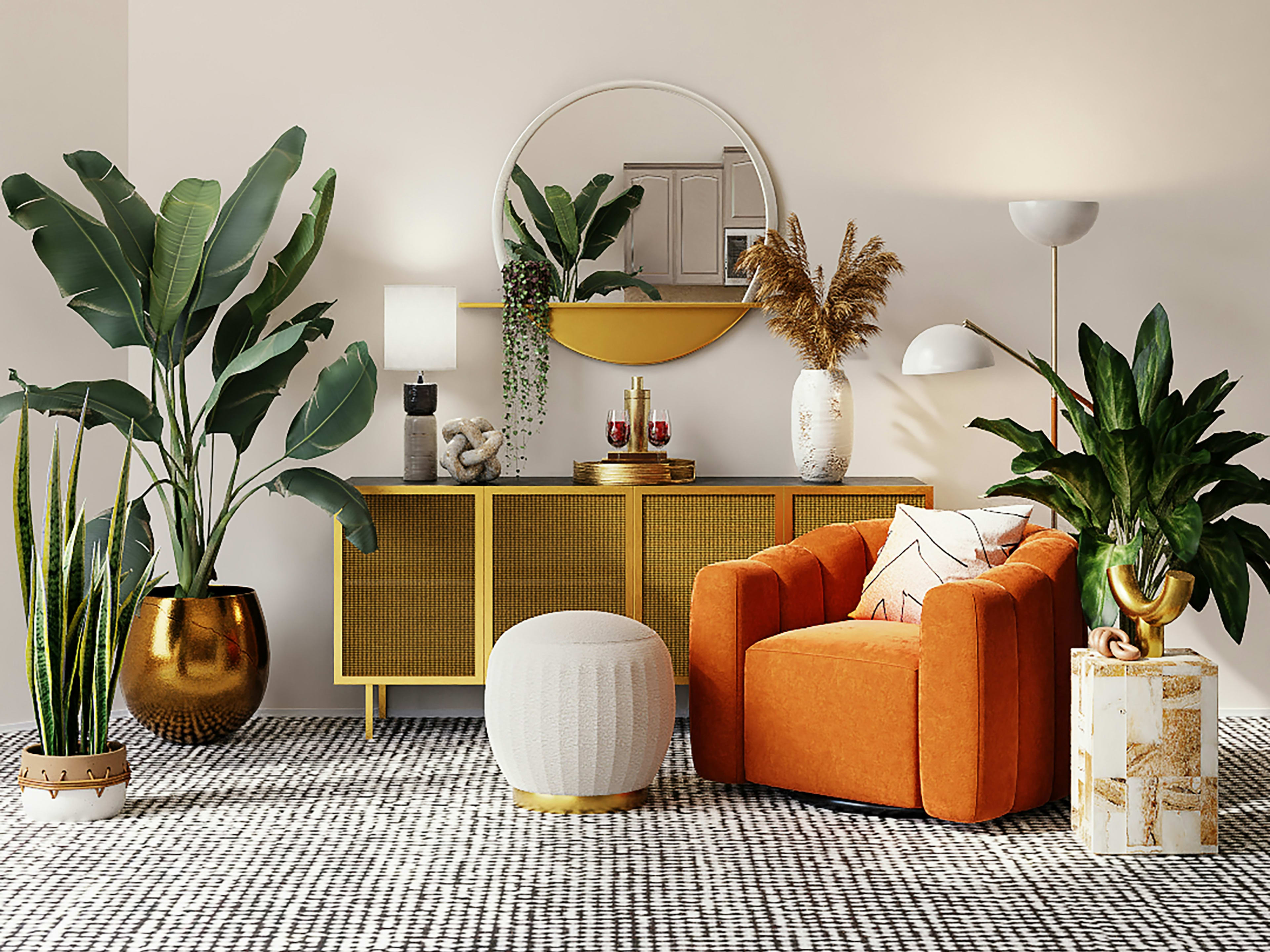The Best Low-Light Indoor Plants for Beginners and Busy Plant Owners
Reveal the Secrets of Low-Light Indoor Plants and Just How They Boost Your Atmosphere
Low-light indoor plants have actually gathered raising interest for their distinct capability to boost both visual appeal and ecological quality within workplaces and homes. These resilient varieties, consisting of the Serpent Plant and Peace Lily, not only flourish in tough lights problems yet additionally play an essential role in air filtration and psychological well-being. Comprehending the details advantages and care needs of these plants can considerably affect your space. As we check out the ins and outs of their benefits, you might uncover insights that could transform your environments in unanticipated methods.
Benefits of Low-Light Indoor Plants
Although numerous people assume that interior plants need plentiful sunlight to thrive, low-light interior plants offer a wide range of advantages that make them excellent for different atmospheres. One of the primary benefits is their flexibility; they can grow precede with minimal natural light, such as offices, basements, or rooms with tiny windows. This function enables individuals to boost their surroundings with greenery, adding to improved aesthetic appeals without the demand for considerable illumination alterations.
Furthermore, low-light interior plants can dramatically enhance interior air quality by filtering harmful contaminants and launching oxygen, making living areas healthier. Study has shown that specific selections can take in contaminants, hence advertising a cleaner atmosphere. Additionally, they can enhance mental health by decreasing stress and increasing productivity. The presence of plants has actually been connected to higher feelings of harmony and emphasis.
Additionally, low-light plants often need less maintenance than their sun-loving equivalents, making them excellent for busy people or those brand-new to horticulture. Their resilience allows them to flourish with marginal intervention, thus giving a satisfying experience for plant lovers and novices alike. In summary, low-light interior plants serve both visual and functional objectives, making them important enhancements to any area.
Top Low-Light Plant Varieties
Low-light interior plants been available in a selection of types, each offering unique attributes and advantages matched for dark environments. Amongst the most prominent varieties is the Serpent Plant (Sansevieria), recognized for its air-purifying capacities and building leaves. This resistant plant thrives on neglect and can endure a wide variety of light problems.
One more exceptional option is the ZZ Plant (Zamioculcas zamiifolia), which features shiny, dark eco-friendly leaves and is highly drought-tolerant. Its versatility makes it a favored for workplaces and homes with minimal sunlight.
The Pothos (Epipremnum aureum) is likewise a top contender, with its routing creeping plants and heart-shaped fallen leaves - Best low-light indoor plants. This versatile plant can be trained to climb up or cascade, including visual passion to any kind of space

Care Tips for Low-Light Plants
Taking care of low-light indoor plants requires a nuanced understanding of their specific demands to make certain optimum growth and vigor. First, it is important to pick the best potting mix, as a well-draining dirt is important to avoid origin rot. A blend created for houseplants, commonly having peat moss and perlite, works well for a lot of low-light varieties.
Watering is another key facet of treatment. Low-light plants generally need less regular watering contrasted to their sun-loving equivalents.
Fertilizing must be approached with care. During the growing season, a diluted fluid fertilizer can be used monthly, yet in cold weather, several low-light plants get in inactivity and require little to no fertilizing.
Finally, it is essential to regularly clean the leaves to get rid of dirt, enabling far better light absorption. By sticking to these treatment tips, you can grow a thriving setting for your low-light interior plants, boosting both their look and durability.
Enhancing Air Top Quality With Plants
Interior plants play a substantial function in boosting air high quality within homes and workplace. Via the process of photosynthesis, these plants absorb carbon dioxide and launch oxygen, contributing to a healthier ambience. Furthermore, certain low-light indoor plants possess the ability to filter hazardous pollutants, such as benzene, trichloroethylene, and formaldehyde, which are commonly found in interior environments.

Additionally, the visibility of indoor plants can boost humidity degrees, which helps reduce completely dry skin and breathing concerns, better improving total wellness. This capacity to enhance air top quality not just promotes physical health and wellness but also supports psychological health.
Including low-light indoor plants into your living and working rooms can cause a more vibrant and stimulating atmosphere (Best low-light indoor plants). Spending in these all-natural air purifiers is a simple yet efficient method for boosting indoor air quality and promoting a much healthier lifestyle
Developing a Serene Indoor Room
The integration of plants into living spaces not only improves air top quality yet likewise adds to a tranquil ambience. Low-light indoor plants, such as serpent plants and pothos, are especially effective in producing a calm setting, as they flourish in conditions that might otherwise be inhospitable for other greenery. Their rich vegetation provides a soothing aesthetic, decreasing tension and promoting leisure.
Integrating these plants into your home or office can stimulate a feeling of tranquility and health. Strategically putting them in areas where you spend substantial time, such as living spaces or work spaces, permits an immersive experience with nature, which check over here has actually been shown to boost state of mind and cognitive feature.
Moreover, the mild motion of leaves in feedback to air movement can create a dynamic visual component that boosts the overall atmosphere. Take into consideration utilizing a range of plant elevations and appearances to add deepness and passion to your space. With thoughtful positioning and treatment, low-light indoor plants can change any type of area into a tranquil sanctuary, promoting not just aesthetic complete satisfaction yet mental and also psychological health.

Final Thought
Integrating low-light indoor plants into various atmospheres yields significant benefits, consisting of improved air high quality and boosted aesthetic appeal. The transformative power of low-light plants underscores their value in enhancing both click for info property and work settings.
Although many individuals presume that indoor plants require abundant sunshine to grow, low-light indoor plants supply a wide range of benefits that make them perfect for numerous settings.In addition, low-light interior plants can dramatically boost indoor air top quality by releasing and filtering damaging toxins oxygen, making living spaces healthier. In addition, certain low-light indoor plants possess the capacity to filter unsafe toxins, such as benzene, trichloroethylene, and formaldehyde, which are frequently found in interior settings.
Low-light indoor plants, such as snake plants and pothos, are especially efficient in developing a peaceful setting, as they thrive in problems that might or else be inhospitable for other plant.Incorporating low-light interior plants into various environments yields considerable benefits, including boosted air quality and enhanced visual charm.